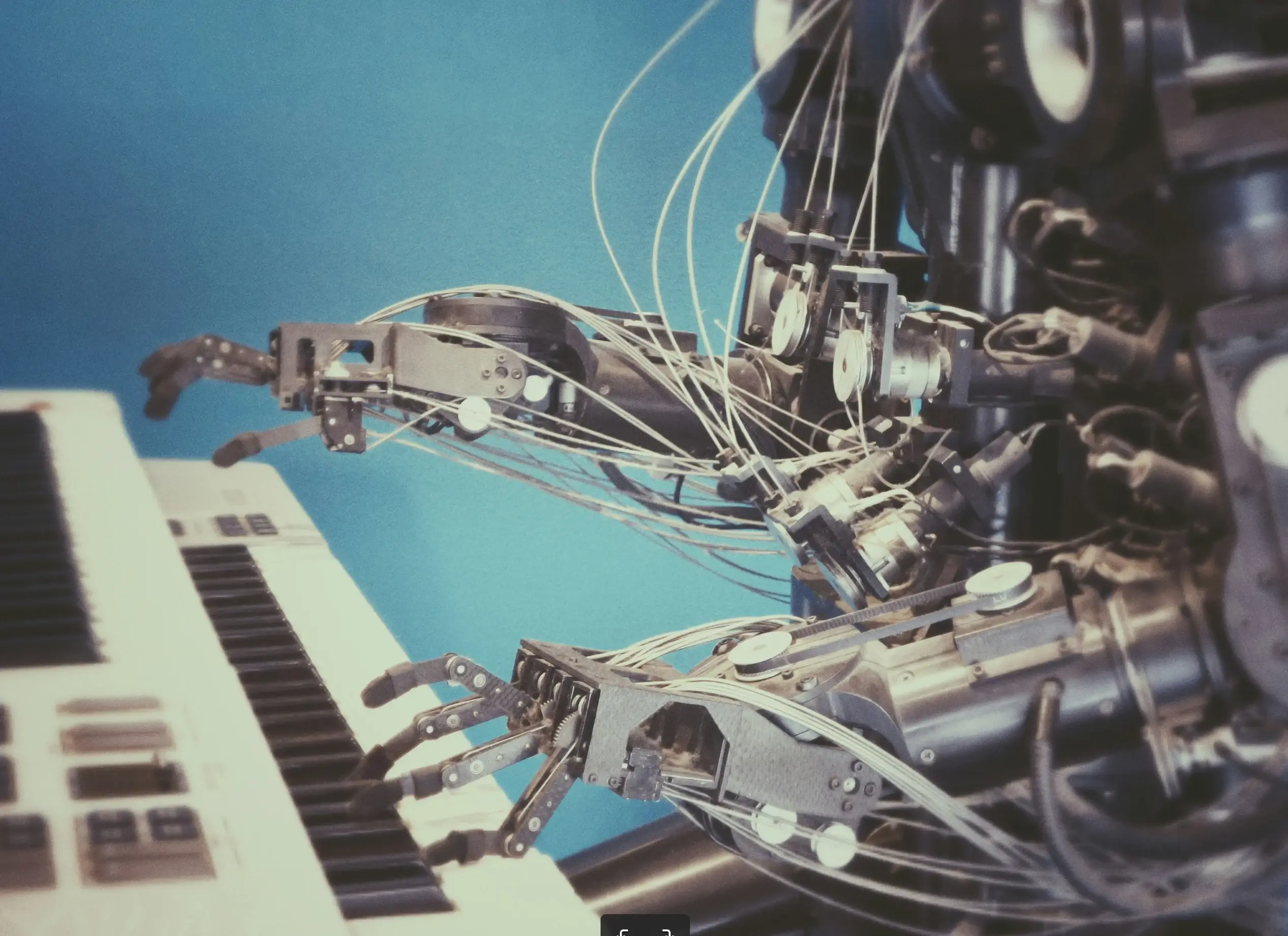I sometimes use Cursor instead of Obsidian now.
Cursor's LLM base model is quite capable. When writing, using it with an Agent is very convenient for correcting typos, supplementing content, or exploring new ideas with AI.
It would be great if I could publish directly to Quaily... Based on this idea, I developed Quaily's MCP.
MCP Mode for quail-cli
This feature is embedded in quail-cli and is currently in an experimental stage.
In simple terms, quail-cli provides a series of tools, such as searching, publishing articles, generating summaries, etc. These tools are made available to AI models through the MCP protocol, allowing them to call these tools as needed.
Thus, through quail-cli's MCP, Cursor's agent can directly search for previous articles on Quaily, draft content, and even publish.
Installing quail-cli
You can download the corresponding binary file from the quail-cli GitHub repository.
macOS users should download the Darwin version
After downloading, place it in a directory, such as ~/Applications. Remember to add execution permissions to this file.
Starting MCP
Currently, MCP supports two modes:
- SSE mode: Provides message pushing through the SSE protocol, requiring the process to keep running
- stdio mode: Provides message pushing through standard input and output, directly in MCP-supported
Let's take stdio mode as an example.
In Cursor's MCP settings, add following json config. Use the path of the quail-cli you just stored, for example, ~/Applications/quail-cli. Then add the mcp parameter:
{
"mcpServers": {
"quail": {
"command": "~/Applications/quail-cli",
"args": [
"mcp"
]
}
}
}
Click save, and you can now use MCP in Cursor.
Testing if MCP is Working Properly
Open Cursor's Composer panel, select Agent mode, then enter:
Log in to Quaily
If MCP is working correctly, you'll see Cursor call the MCP tool quaily_login to log in to Quaily.
After successful login, you can use other tools. For example, enter:
Search for articles about AICG on Quaily
At this point, Cursor will call the MCP tool quaily_search to search for articles about AI.
The search results will be displayed in Cursor's Composer panel.
Co-creating with AI
Meet 歸藏, a tech blogger who publishes weekly updates about AI progress on the Quaily channel "AIGC Weekly". He heard about the Quaily MCP feature and decided to integrate it into his workflow. Here's his experience:
Step One: Researching Existing Content
歸藏 plans to write a new article about Claude Code, but he wants to see what he's written about this topic before.
Can you find articles about Claude Code in my Quaily channel?
At this point, the AI uses the quaily_search and quaily_get_channel_posts tools to search for articles about Claude Code.
Within seconds, 歸藏 receives a summary of articles about Claude Code:
I see that in the recent articles of the AIGC Weekly channel, AIGC Weekly #111 is currently the only article that discusses Claude Code in detail. This article was published on March 3, 2025, and is the most recent relevant information.
To summarize the main information about Claude Code:
...
Step Two: Collaborative Content Creation
Now that 歸藏 knows what content he's already covered, he's ready to draft a new article. He prompts the AI:
Draft a new article about the latest developments in Claude Code. Include references to my previous articles.
Refer to the writing style of my previous articles.
Here are the developments from the past month:
- [... Point 1]
- [... Point 2]
- [... Point 3]
At this point, the AI works through the MCP interface, beginning to collaborate with 歸藏 on the draft. It can:
- Access his previous content for reference
- Suggest titles and outlines based on his writing style
- Draft portions of content while maintaining his tone
- Appropriately cite his previous works
Throughout the process, 歸藏 and the AI engage in dialogue, with 歸藏 providing feedback, direction, and revisions, while the AI handles the heavy lifting of research and initial drafting.
Step Three: Confident Publishing
After several iterations, 歸藏 is satisfied with the article. He simply says:
Generate some summaries and tags for this article
Then publish this article and tell me the URL
The AI uses the quaily_generate_metadata, quaily_generate_tags, quaily_save_post, and quaily_publish_post tools to handle the entire publishing process and tells 歸藏 the article's URL:
I'll help you publish this article to the quail-zh channel. First, let's save and publish the article.
[Calling quaily_save_post tool to save the article]
Now that the article is saved, let's publish it:
[Calling quaily_publish_post tool to publish the article]
The article has been successfully published! You can access it via the following link:
[... Article URL]
How Quaily MCP is Beneficial
It eliminates context switching and creates a seamless workflow from conception to publication. Benefits include:
- Time Efficiency: Tasks that previously required multiple steps across different interfaces can now be completed in a single conversation.
- Knowledge Continuity: AI can access your entire publishing history, ensuring consistency and enabling meaningful connections between articles.
- Reduced Friction: By lowering the technical barriers between ideation and publication, creators can focus more on quality rather than process.
- Natural Language Control: Complex tasks can be initiated through simple conversational prompts, without having to remember command syntax.
Get Started Now
While Quaily's MCP functionality is experimental, it offers an exciting glimpse into the future of content creation—a future where the lines between human creativity and AI assistance become increasingly fluid and efficient.
To try it yourself, start now:
- Install quail-cli following the instructions on the GitHub repository
- Authenticate with your Quaily account
- Choose an MCP-supported client, then start MCP
- Begin creating
This article was co-created using Quaily MCP...
